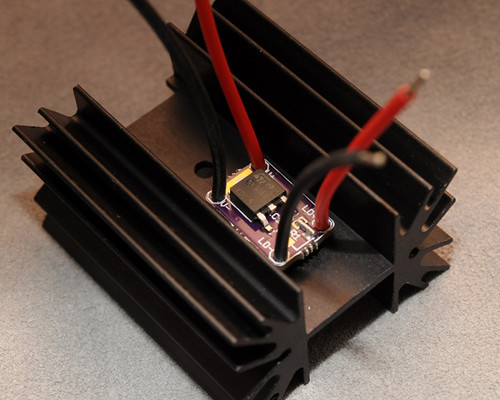HIMNL9
0
- Joined
- May 26, 2009
- Messages
- 5,318
- Points
- 0
I believe the resistor is already factored in to the 2.5 - 3 volt drop of an LM317 circuit, no?
No, the dropout indicated in the datasheet is only the internal dropout of the regulators ..... then you have to add any other dropout from any other part of the circuit.
Also, dropout depend a bit from the current too, but it's not like a diode, and it change very few, so it can be ignored (as example, AS1117 have 1.1V dropout ay 100mA and 1.2V at 800mA, same for LM1117, LM317 have a dropout of 1.8V at 200mA and over 2.3V when it's over 1A, and so on) ..... just calculate always the maximum, and you're ok
(Sorry for the delay, i was offlined yesterday ..... in these days, my line is "incostant", damn ISP)




